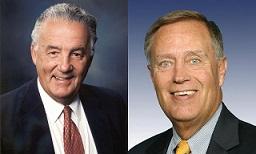External auditing refers to a company having its financial statements assessed by an external professional accountant (one that is not hired by their company). The professional accountant is making sure that the company is creating its financial statements in accordance to government law so that the appropriate amounts of income tax are claimed. These financial statements will also give those who use the statements an idea of the financial position of the company. Users of the company's financial statements, such as potential investors, rely on the external auditor's report for an unbiased opinion on the financial health of the company. An external auditor is required to do this report because, if the auditor was an employee of the company, they may have incentive to lie and doctor numbers in order to make the company appear in a better financial position.
There is a strong moral code for an external auditor to follow when they are compiling a report on a company's financial statements. They are required to report any suspicious activity, such as fraud, to management of the company and their employers (usually the government).
© BrainMass Inc. brainmass.com April 24, 2024, 5:00 am ad1c9bdddf


